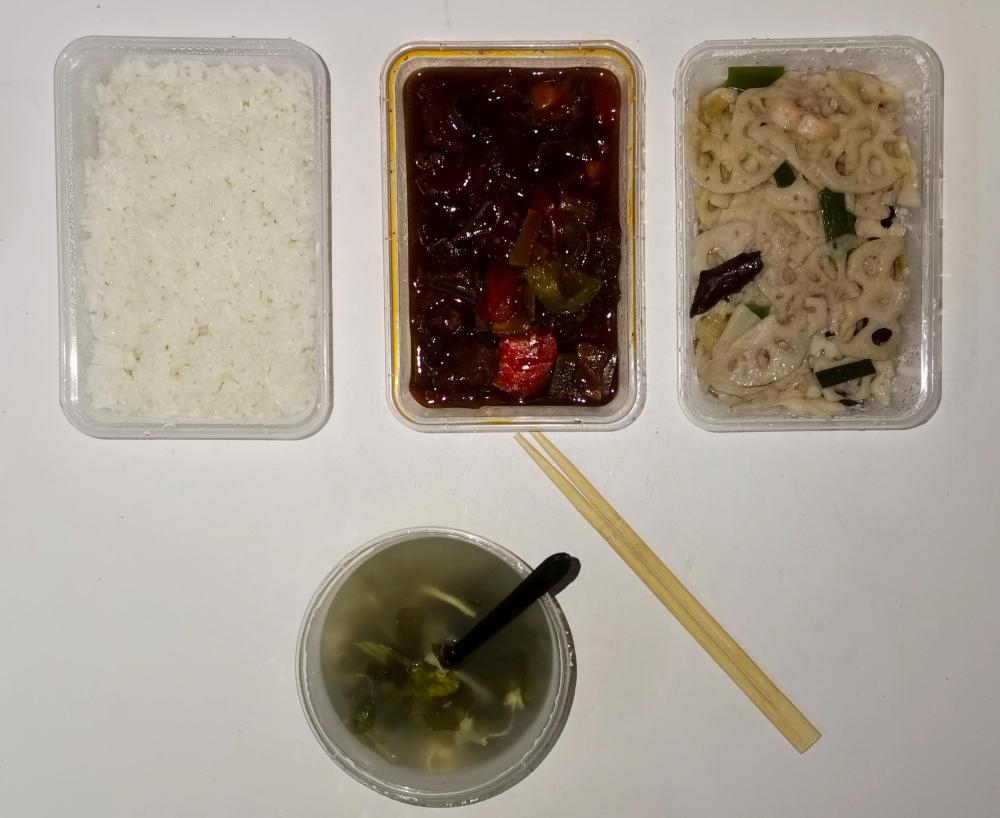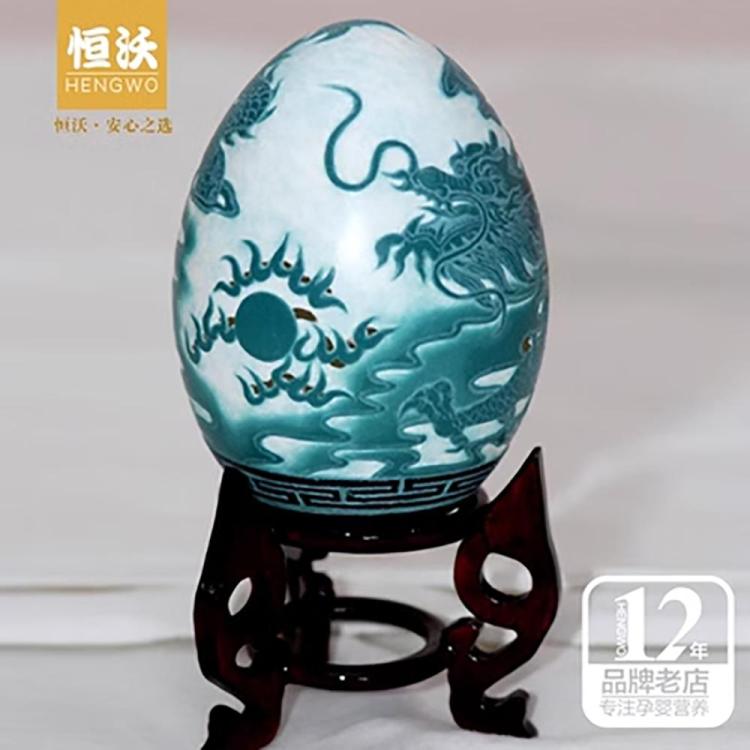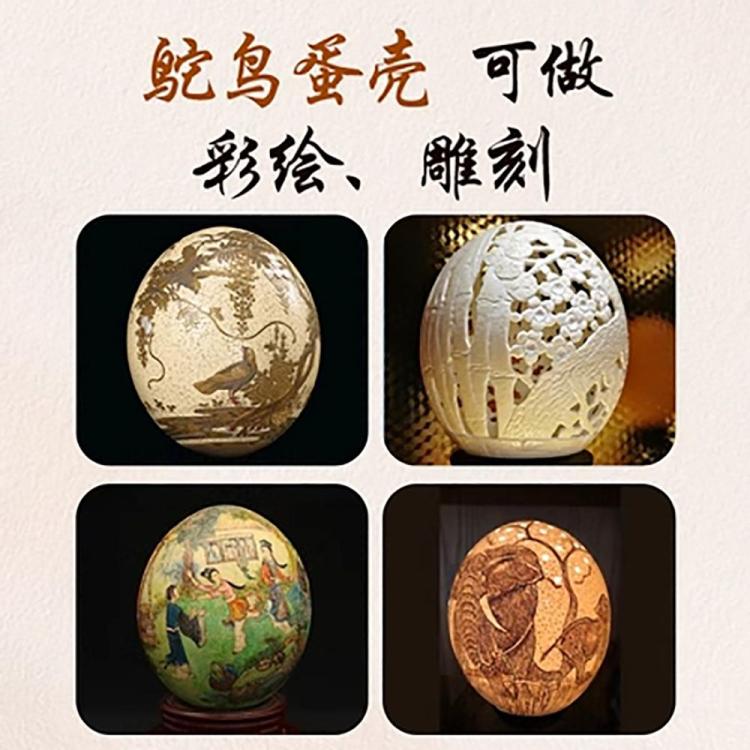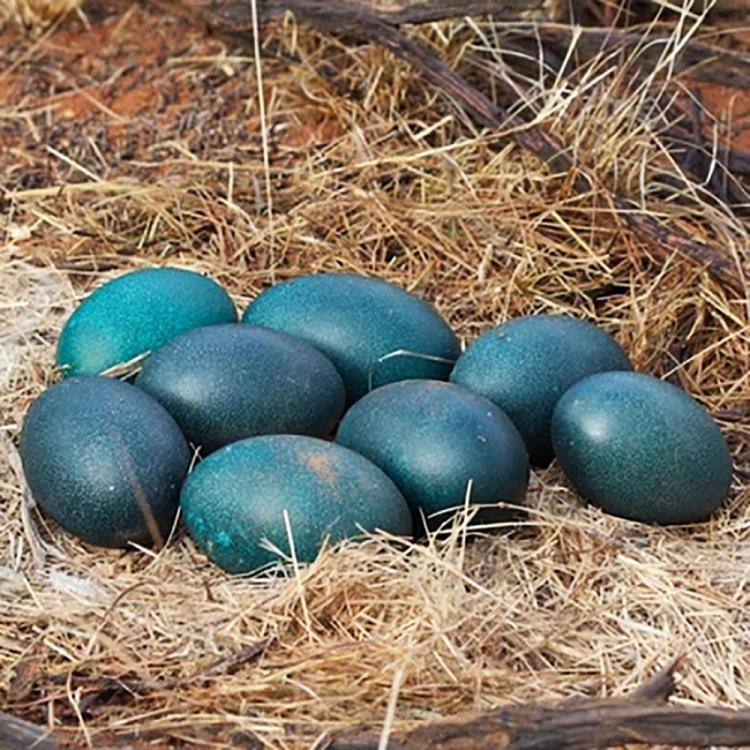-
Posts
16,696 -
Joined
-
Last visited
Everything posted by liuzhou
-
For more on chopsticks and their usage, see this topic's first couple of pages and again on page eight here.
-
My French compatriots are up in arms (again). Actually reading the article this quote is from, reveals the truth. Terrible "news" sight. The article is here.
-
A couple of 肉包 (ròu bāo), pork stuffed steamed buns (and a cup of that ancient Chinese medicinal strong black coffee). I served the buns with a chilli dip.
-
The mistake chopstick learners make most often is holding the stick too near the point. It may seem counter-intuitive but holding them further up towards the end is much more controllable. And hold the stick nearest your little finger still and only move the other one. Move both and your dinner will end up everywhere except your mouth. Wrong Better If the average two year old in China can master it, anyone with functioning hands can. Start with something largish, say a one inch cube, then work your way down through smaller and smaller to individual peanuts then individual grains of rice. Also, remember that a scooping action is also used with some foods.
-
Most of those are bamboo now, at least in China. The wooden ones contributed massively to deforestation and resultant flooding. They are being discouraged, but old habits die hard. They are still being exported all over the world, especially to Japan and the USA. Every time I order delivery food, I click the 'no utensils required' box, but still get them.
-
I don't think so. If that were the case , why do they only appear in Cantonese banqueting places? All chopsticks, immaterial of the material, are put in those sterilizers.
-
What irritates me most (except antediluvial imperial measurements) is when recipes tell you to cut to the same size as something you've never seen. Just today, some recipe was advising me to cut something to the size of a silver dollar. I, and most of the planet, have never seen any such thing, or any other US coins, for that matter. Don't these people know that the internet is international? In revenge, my next earth-shattering cookbook is only going to give measurements in Chinese jiao coins. Grrr!
-
开胃皮蛋 (kāi wèi pí dàn), Appetizer Century Egg. This was in a sauce verging on a soup, with incendiary chilli, garlic, Chinese chives, soy sauce and vinegar. A deal breaker perhaps for many people, but just how I like it. 黄豆酸笋焖鱼仔 (huáng dòu suān sǔn mèn yú zǐ) Yellow Soy Beans, Pickled Bamboo Shoot and Baby Fish (species undetermined). This is a common dish locally, from the ethnic minority Miao and Dong peoples. Rice, of course.
-
I too hate metal chopsticks, but the worst are the (fake) porcelain ones used in Chinese banqueting restaurants, usually Cantonese. They are way too slippery and the wait staff know it. Almost every customer requests plain wooden or bamboo ones. Why they insist on providing the bad ones is out of some misguided idea that they are more upmarket. No. They are just dumb.
-
@dcarch @rotuts I think you are both missing one major point. Bone cleavers are about three times heaver than the regular varieties. Curvature is a feature, but weight is more so.
-
Lunchtime rolled around as it tends to and, although I wasn't particularly hungry, I felt like some snacky type things. I remembered seeing a snack platter on the local "Thai" restaurant's menu, so ordered some up. Looks not bad, right? Here is the restaurant's description (translated by my cell phone app.) What arrived was this. It was awful. One of the worst things to ever pass my lips. The curry sausage must have been cooked a week ago, was rock hard, burnt and tasted of nothing but dirty oil, which clearly hadn't been changed since Thailand was called Siam. I couldn't tell the fish cakes and the shrimp cakes apart. They were cooked in the same oil. The spring rolls were a disgrace to Thai food. If they served that in a Bangkok riverside night market they would be thrown into the river. The vendors, not the food. The customers have more respect for the fish!
-
Sorry, but I have to disagree. Chopsticks are much more practical and efficient for eating Chinese and some other Asian cuisines which are nearly always served family style. Reaching across a table to retrieve some of the food you want to place in your bowl is much easier with chopsticks, providing you know how to use them. I agree that they are impractical for much western style eating. And believe me, Chinese people struggle with knives and forks just as much as you may struggle with chopsticks. I've seen them trying often in western restaurants here. Can be quite amusing.
-
-
Knife curvation is variable in home knives, but not extreme. Bone knives are in general much more curved.
-
History is against you on that one. 'Chili' was used for the pepper for hundreds of years before the dish was concocted. The word for the pepper came from the native Mexican language, Nahuatl which the Spanish, who were apparently extremely hard of hearing, rendered as Chilli. The name 'chile' was erroniously appled to the pepper in 1631 by the Dutch(?) physician, naturalist and writer Jacobus Bontius (1598?-1631) who thought it came from the country Chile, which it didnt. 'Chili' or 'Chilli' is the most commonly used name of the pepper in English worldwide and in other langages. In parts of India it is 'chilly' and I don't mean the weather.
-
The origins of the words 'shawarma' and 'kebab/kabob' are both derived from Arabic, but different dialects thereof. Turkey took the word 'shawarma' from Persian (Iranian) Arabic. 'Kabab' on the other hand probably came into English via Arabic>Urdu during the Raj. There is no real difference in meaning and immigrant communities tend to use their own version or adapt to local practice. Donor kebab has a complicated etymology but is, at least linguistically, not technically either. I refer you to The Oxford Companion to Food (eG-friendly Amazon.com link) which has a lengthy exposition.
-
Most research concludes the opposite of your opinion. Plastic or, heaven forbid, glass etc are more prone to "bacteria". Wood actually contains antibacterial properties. Any bacteria are not all bad!
-
In general, those with a flat blade are 菜刀 (cài dāo) which literally means vegetable knife but is use as a general cook's knives which are used for yes, chopping, but also slicing meats etc. These are usually the only knives in a domestic setting. Those with the curved blade edges are 切骨刀) (qiē gǔ dāo), literally cut bone knife, and are generally butcher's knives intended for cutting through bones, cartilege etc as well as slicing meats. The meat vendors in every market in China use those. Rare in home kitchens.
-
It reads 戴斯特牌 華氏廚刀 which means Dexter Kitchen Knife.
-

What did you buy at the liquor store today? (2016 - )
liuzhou replied to a topic in Spirits & Cocktails
Splashed out for a nice little whisky.Only ₤2.1 million / $2.62 USD. Hey, It's nearly Christmas. https://news.sky.com/story/bottle-of-almost-100-year-old-whiskey-smashes-auction-record-13011457 Damned link writer spelled it wrongly! -
酸甜排骨 (suān tián pái gǔ), Sweet and sour pork ribs 小炒藕片 (xiǎo chǎo ǒu piān), Stir-fried lotus root slices 米饭 (mǐ fàn), Rice 紫菜蛋花汤 (zǐ cài dàn huā tāng), Seaweed egg flower soup The ribs were good. Not over sweet and certainly not day-glo. Oversauced as usual. Stir fried lotus root also included 木耳 (mù ěr), wood-ear fungus. Tasty. $3.68 USD.
-
Somewhere, I have a reference to a chicken purée something, where the chicken is prepared solely using a Chinese cleaver, but takes hours. You probably don't want to know about that!
-
It was about 20 years ago. A friend was leaving China for the USA to study, so a farewell party. The event was held in a restaurant owned by a mutual friend who kindly gave me access to the kitchen. The omelette (plain) was made in one of their huge woks. Woks are not really suited to omelette making as the egg naturally pools in the bottom, so I had to keep swirling it until the egg set around the edges of the pan – back-breaking work. The hardest part was then folding it. I remember I took three of us to flip it over on itself. It was then served on a huge banquet platter, presented intact, then cut into slices with a machete! Someone did take pictures but it was before the Instagram age whereby people photograph every piece of trivia they come across, so I don’t have a copy. Also most of the attendees are long gone from China (two long gone from the world, alas), but I can ask around and see if anyone has one. The friend settled in Seattle after her study and is still there. She doesn’t have a copy, either. Everyone did find it hilarious but assumed it was just made with lots of separate chicken or duck eggs, but I had kept the now empty shell as evidence. Both emu and ostrich egg shells are sold here pre-blown (no, you don't get the contents) as curios or ornaments, usually intricately and beautifully painted or carved. Here are a couple of images from Taobao, Chinese largest online shopping site. Painted Emu Egg Painted and Carved Ostrich Eggs.
-
I can buy Australian Emu eggs here in China. The equivalent of $28 USD. I never have, but I have bought ostrich eggs which are at least half as big as emu eggs again (equal to around 24 chicken eggs), and cheaper at $19. I have cooked one as a party joke. Biggest omelette ever. Just for fun, but tasty. Image from the local emu egg vendor's advertising.


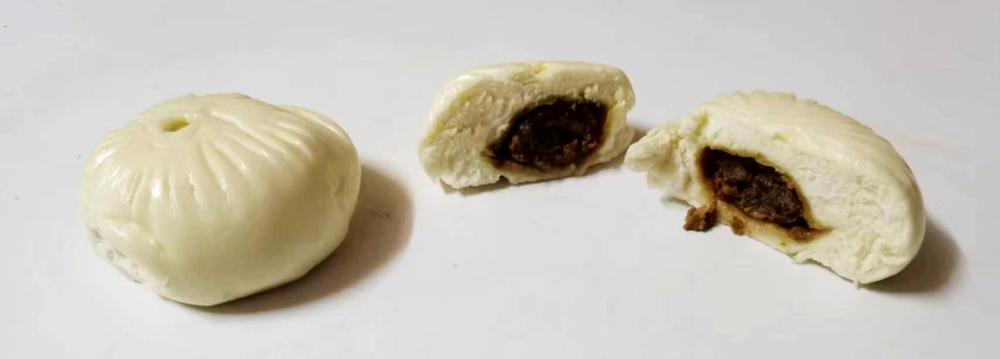





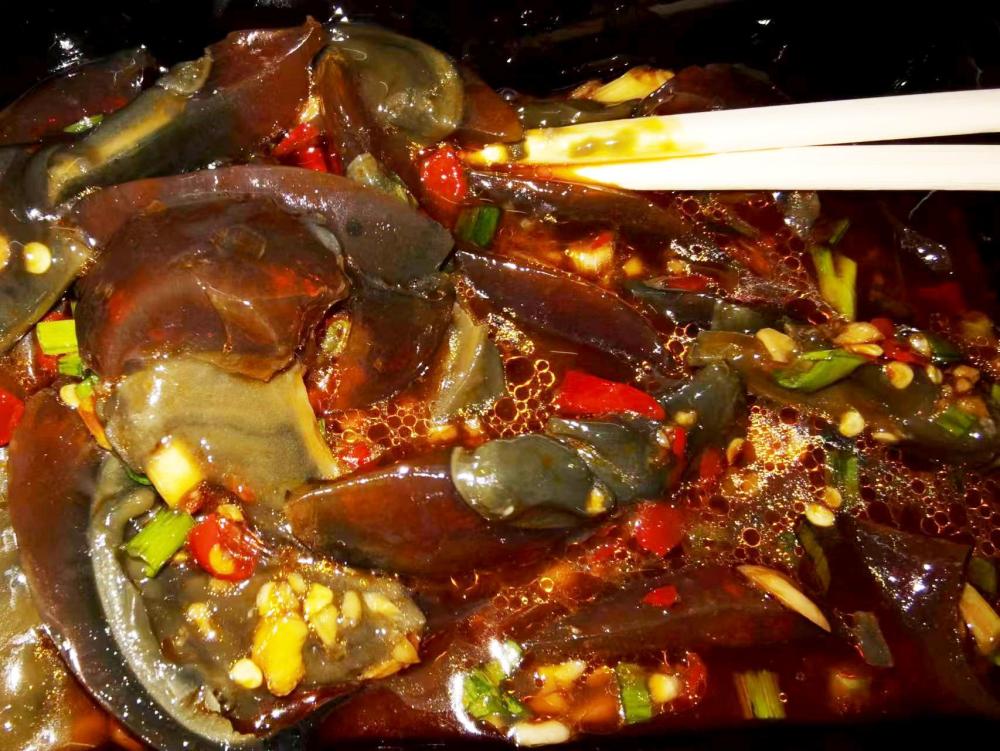
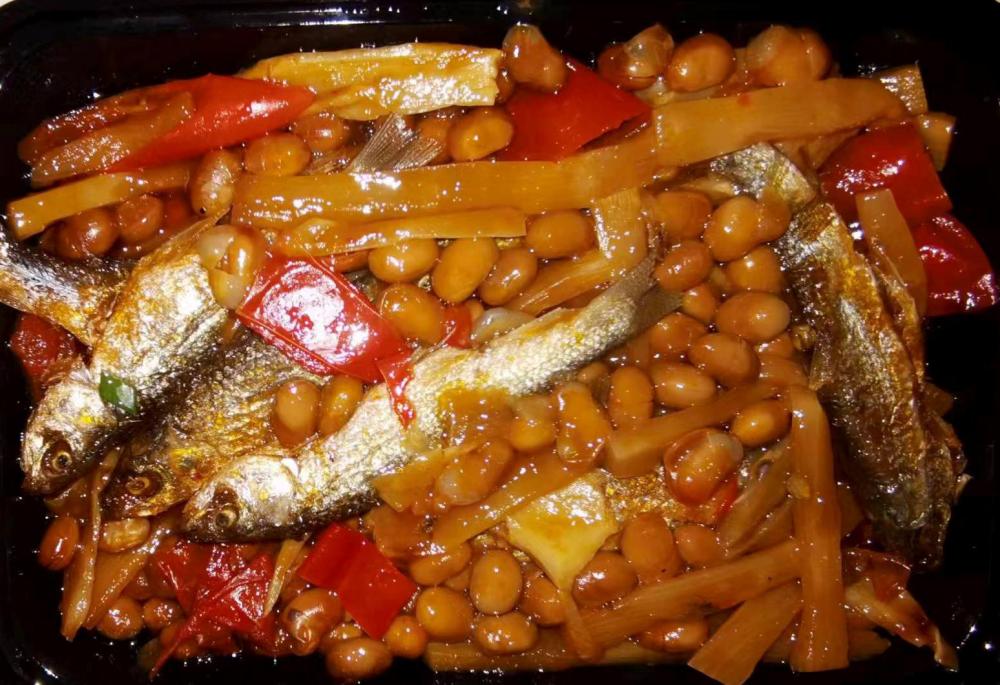

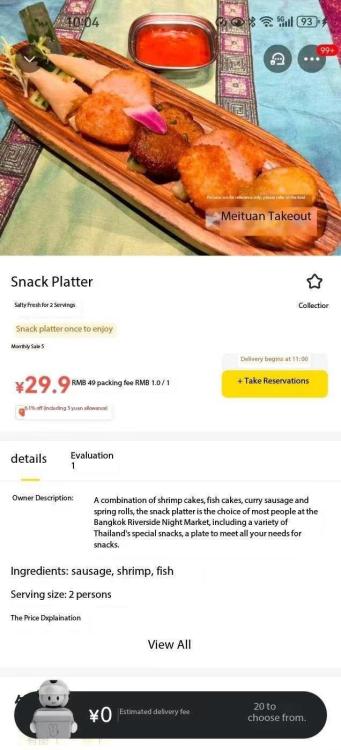
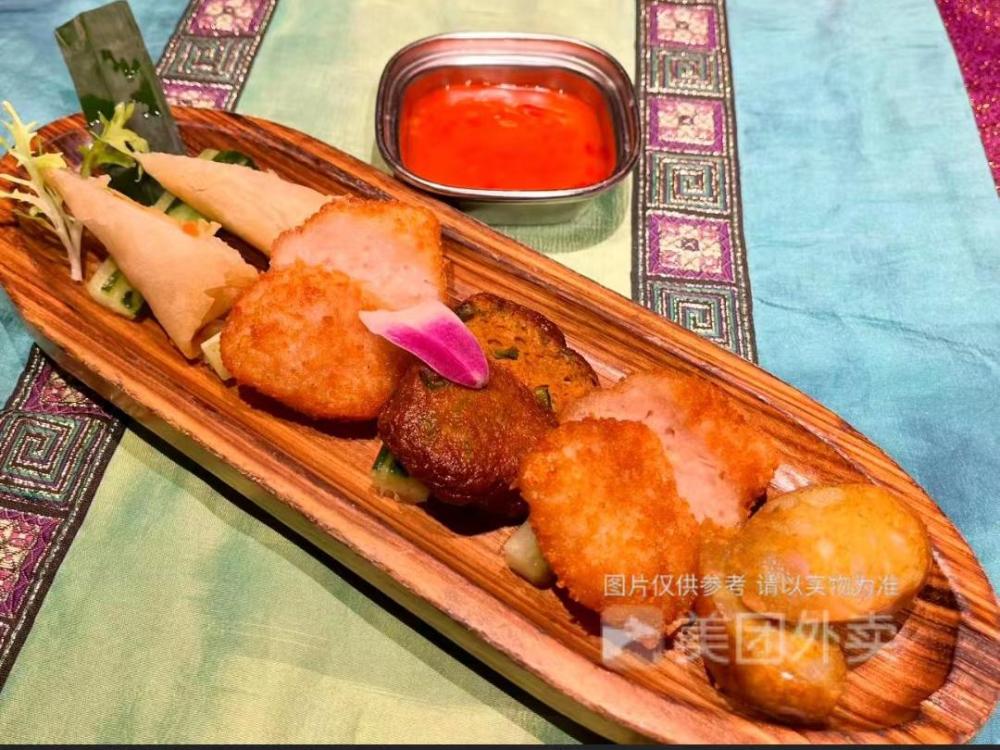


.thumb.jpg.ff4fb3a46363b04fab7ef0e4d670f391.jpg)
